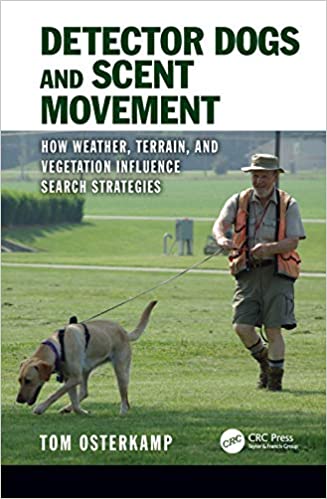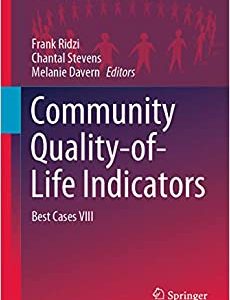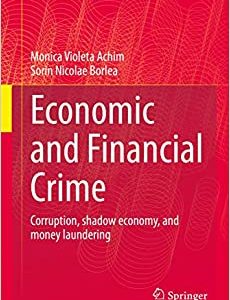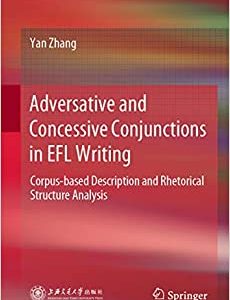Dogs detect scent from a source that is carried to them in a plume by the wind. The most important tool for a detector dog handler to have on searches is a knowledge of scent plume movement or "scent dynamics" (the science of scent movement). Such knowledge resides primarily in scientific journals that are largely inaccessible to detector dog handlers and written in language that is difficult to understand. Detector Dogs and the Science of Scent Movement: A Handler’s Guide to Environments and Procedures retrieves, reviews, and interprets the results of pertinent scientific research on scent dynamics and presents these results in terms that are easier for handlers to understand.
Information on the physiology of the dog’s nose, their sense of smell, and the properties of scent provide the essential information on the process of scenting. The composition of training aids for explosives, narcotics, human remains and other sources is discussed. Recommendations are made on the use of training aids, their placement during training, and the resulting availability of scent. Potential problems and handler errors in the use of training aids are also examined.
The characteristics of scent plumes and how wind influences their movement are a key focus of the book. The primary task for the handler is to get the dog into the scent plume so that the dog can detect the scent and follow it to the source the handler seeks. As such, a knowledge of scent and scent plume movement will vastly improve the ability of the handler to accomplish this task.
The influence of weather and physical settings such as terrain, vegetation, ground cover, soil and water on scent movement are examined in detail. Strategies for searching, detecting, and locating sources in all physical settings are presented. Specific effects associated with hills and mountains, fields and forests, bare soils and soils covered by vegetation, different soil types, and lakes and rivers are examined in detail. This includes specific recommendations are made about weather and physical settings that result in higher probability of success on searches.
Detector Dogs and the Science of Scent Movement will be a vital resource for K9 handles in the private and public sectors—including in Homeland Security, law enforcement, and military settings—as well as a useful guide for lawyers, forensic, and investigative professionals who need to better understand K9 operations.











